Anna H.
Esfahān - nesf-e Dschahān: Isfahan is half of the world, they say, and the game of words carries truth in it. For Isfahan is not only on the threshold between different cultures, weather zones and world views; it has also absorbed much of them. And so you can really discover so much in the city that it seems like half the world. When you look down on it from above - from Soffeh Mountain on its southern edge, for example, while it is getting dark and the net of lights looks larger than the rooftops’ landscape in the haze of daylight, Isfahan seems almost intimidatingly large.
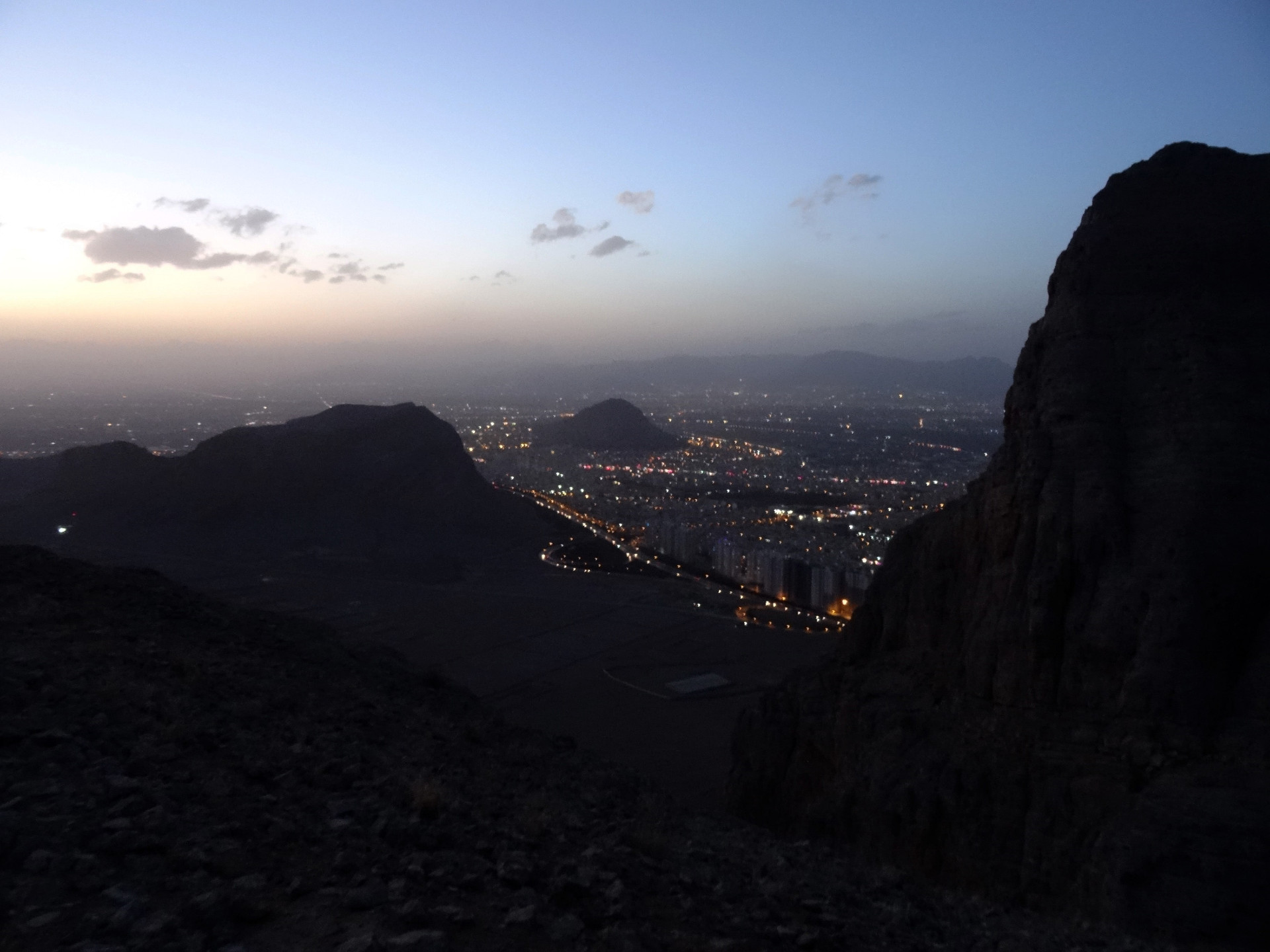
But down in the city this impression gets lost, because between the low, cosy, old houses, in the narrow, winding alleys, in the avenues of poplars and willows and next to the narrow canals, one quickly feels at ease, and in the glade-like four-iwan-courtyards of the mosques, in the parks and on the green banks of the Zayandeh Rud, one can take a deep breath and escape from urban hustle and bustle.
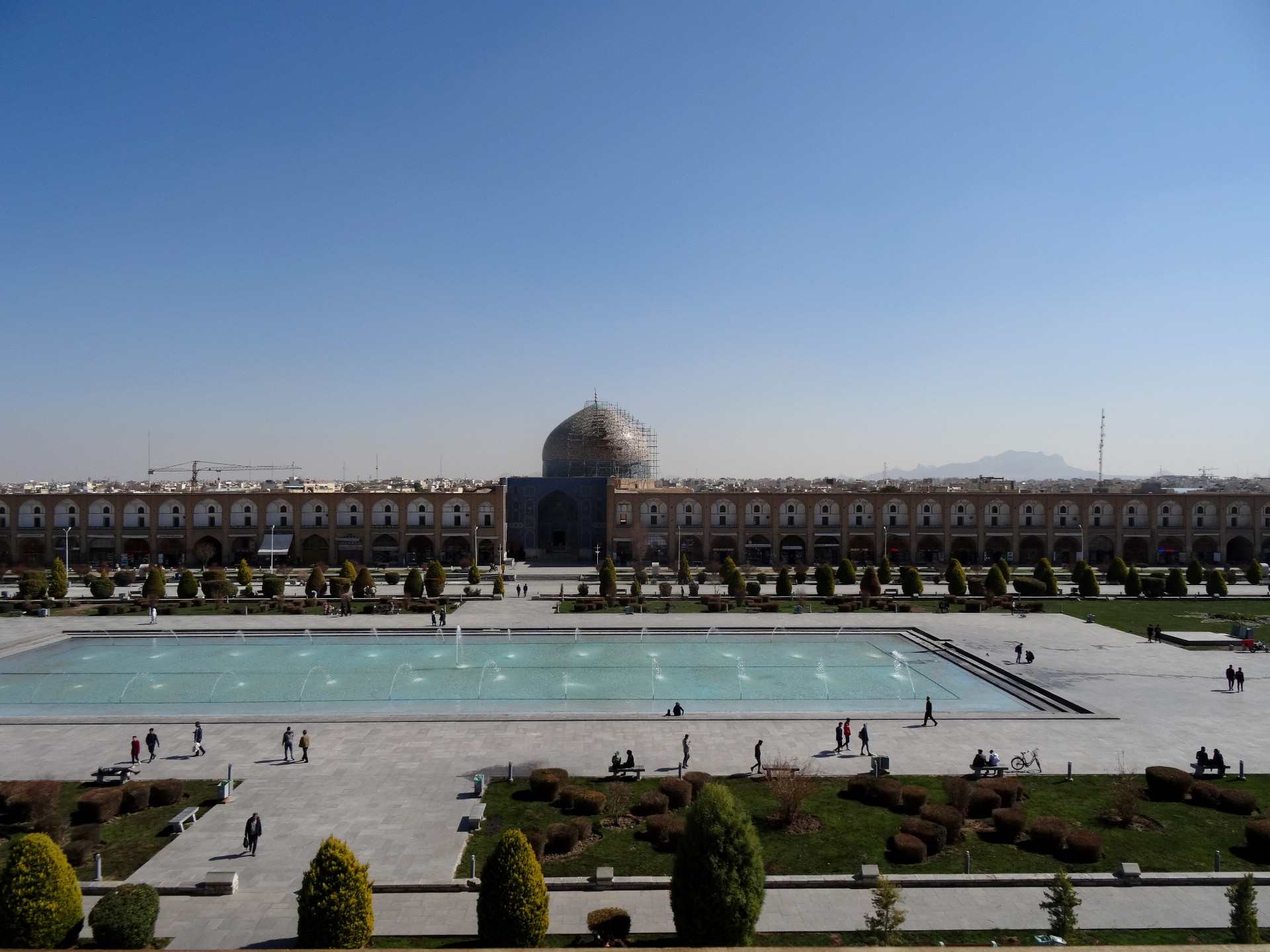
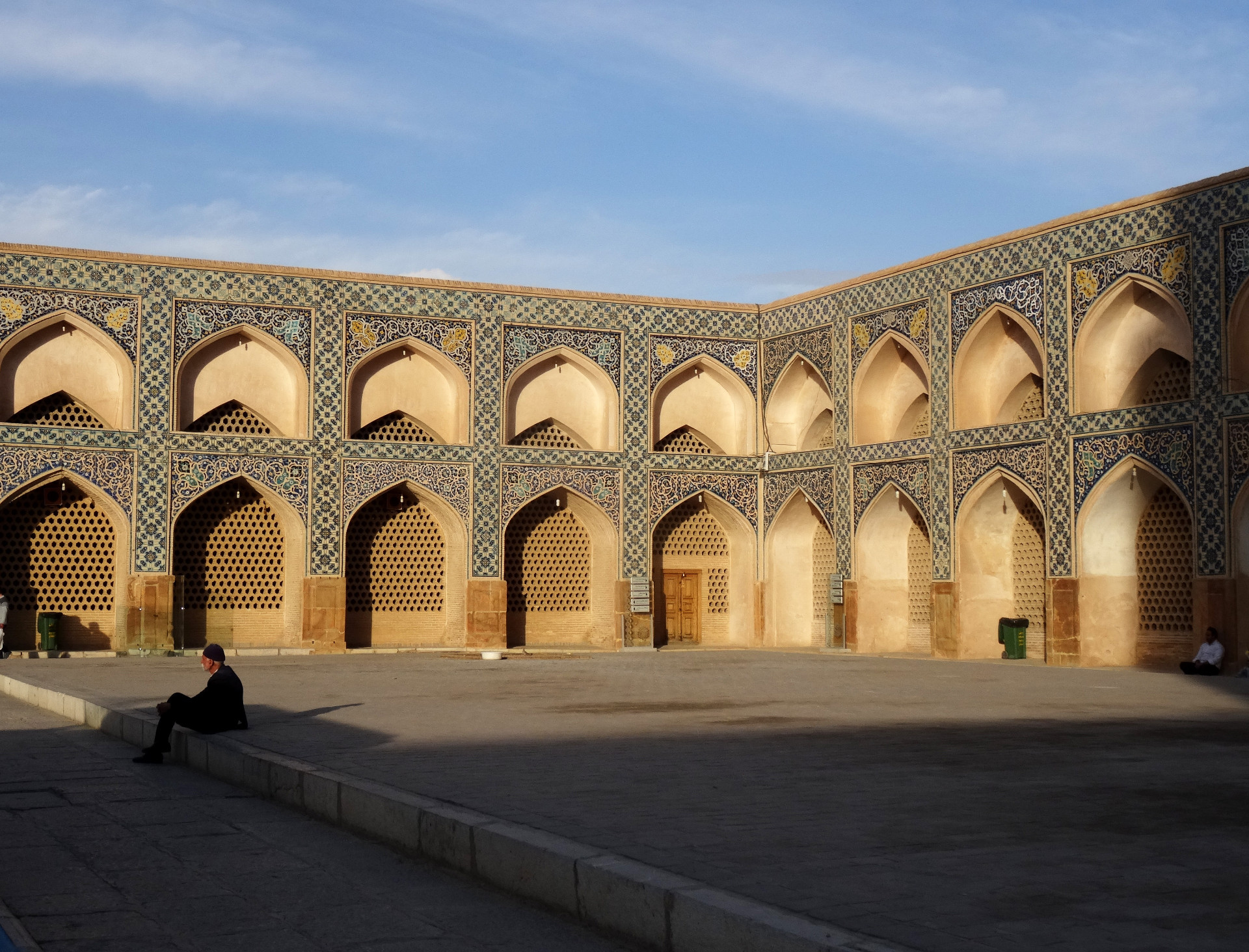
And never would the inhabitants of Isfahan allow a newcomer to get lost in their city. For the hospitality and helpfulness in this half of the world is immeasurable.
I took Isfahan to my heart very quickly, even though I got to know the city at an unusual time when a virus was spreading and restricting public life. I couldn't get enough of the blue domes, the small shops, the artistic bridges over the Zayandeh Rud - the Si-o-Seh-Pol or the Khaju Bridge - the old villas, the winding bazaar streets and their carpets, Miniatures and copperware, of the double-walled music room in the Ali Qapu palace, of the huge iwans, under which one feels enraptured, of the contours of the mountains that stand protectively around the city and again and again of the sky and sea blue of the inexhaustibly differently patterned tiles.
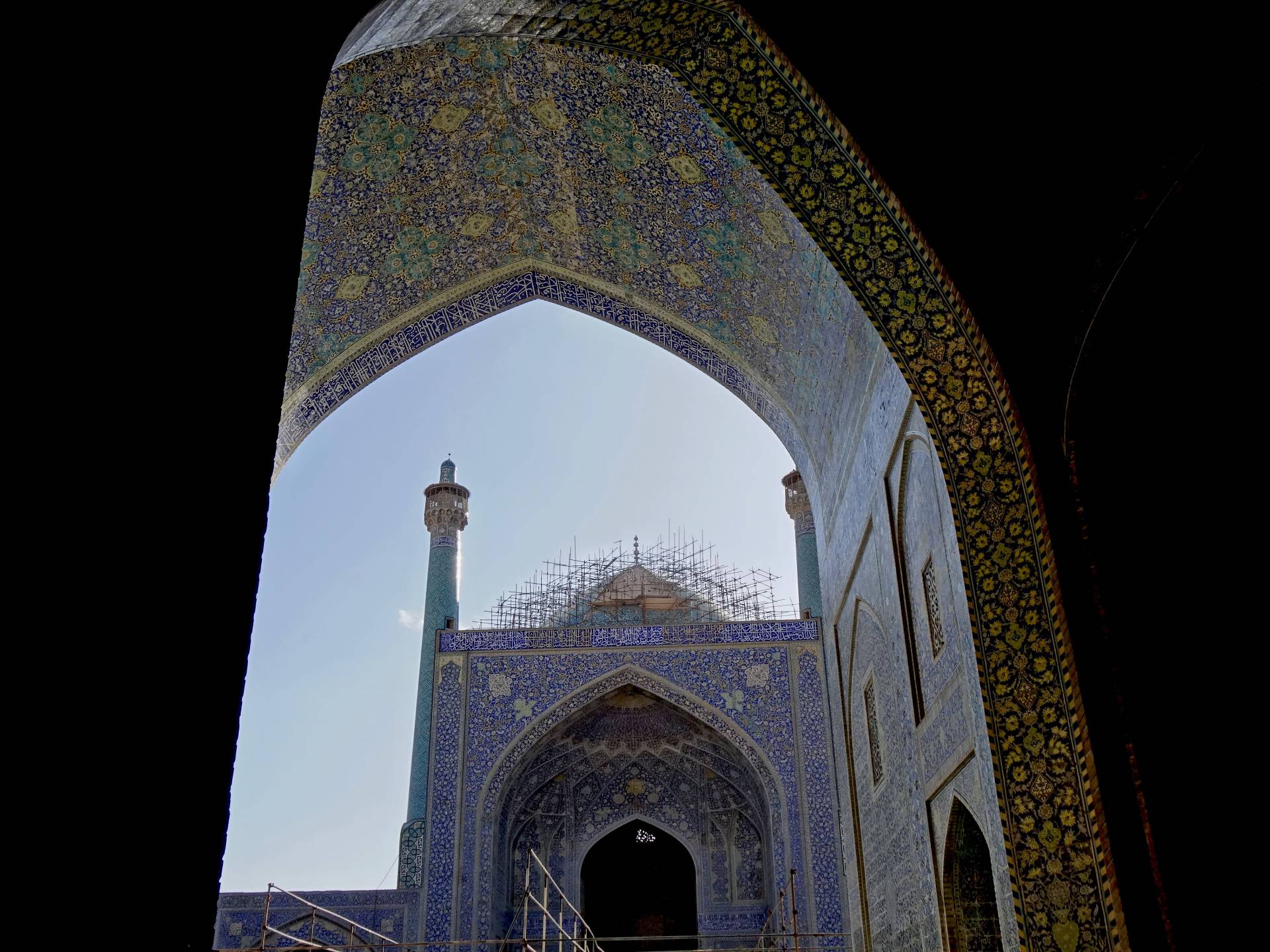
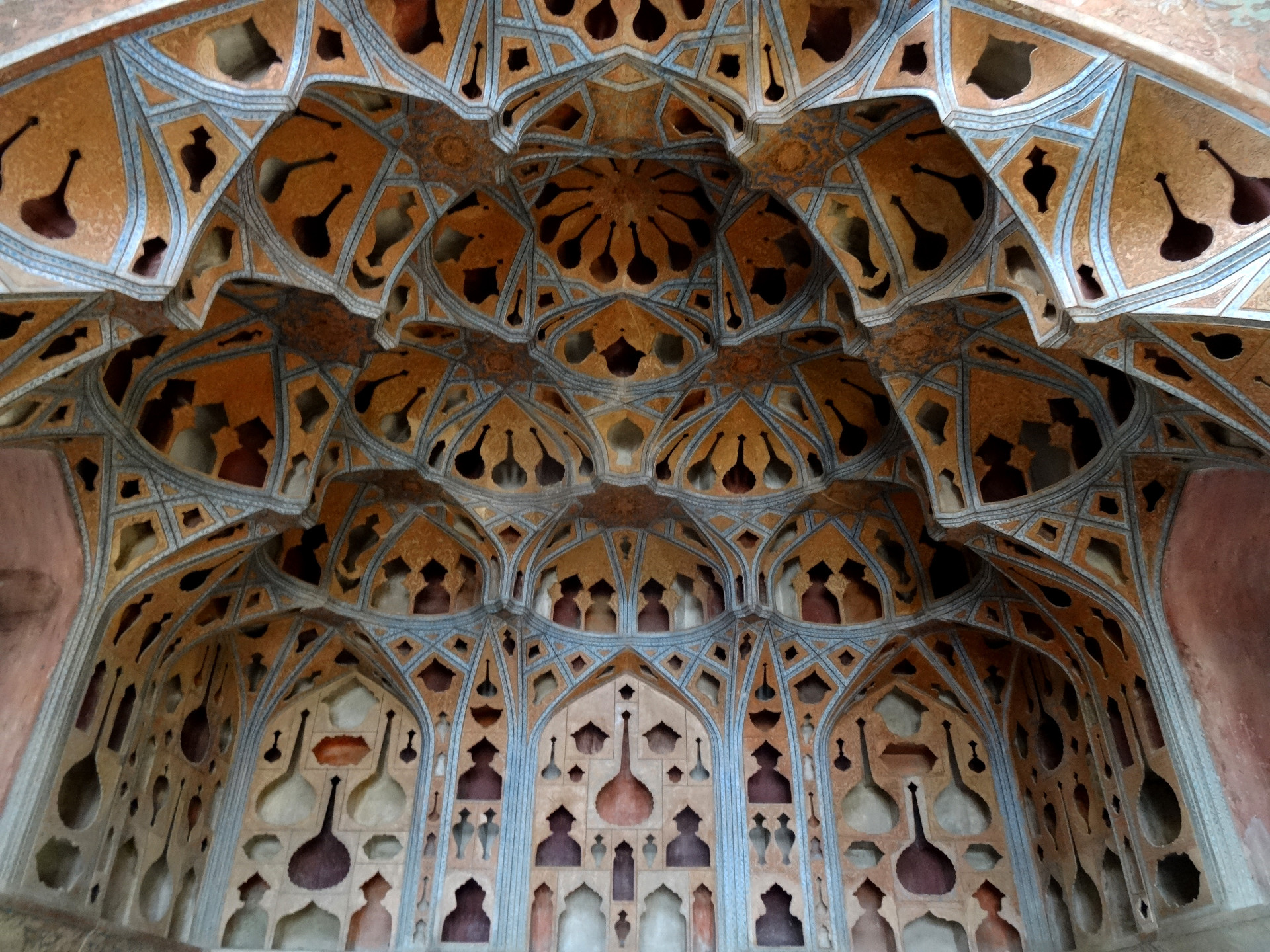
The Saraye Safir Hotel with its colorful windows, historic rooms and the quiet, sunny courtyard has become my home for a few weeks in this beautiful city full of surprises. This was mainly due to its staff, who became my friends and with incredible openness and helpfulness made sure that I felt at home in the new city.
However, the city's rich history is not only evident in its various holy sites, palaces and bazaars, but also in hotels like the Saraye Safir, which are located in historic buildings. I had the chance to see several of these historic buildings where guests can stay overnight today. I stood on the roof of the Keryas Boutique Hotel in an approximately 200-year-old building from the Kajar period, just a stone's throw away from Naqsh-e-Jahan Square, and looked up at the dome of its great mosque, which was illuminated at night.
In the café of the ornamental Keshish House Hotel in the Armenian quarter of Julfa I drank one of the famous, delicious milkshakes, in the carpet exhibition of the magnificent Abbasi Hotel I was explained the differences between carpets from Nain and Shiraz.
The time I was allowed to spend in Isfahan was not enough to discover half of the world, but it was so beautiful that I will definitely return!

